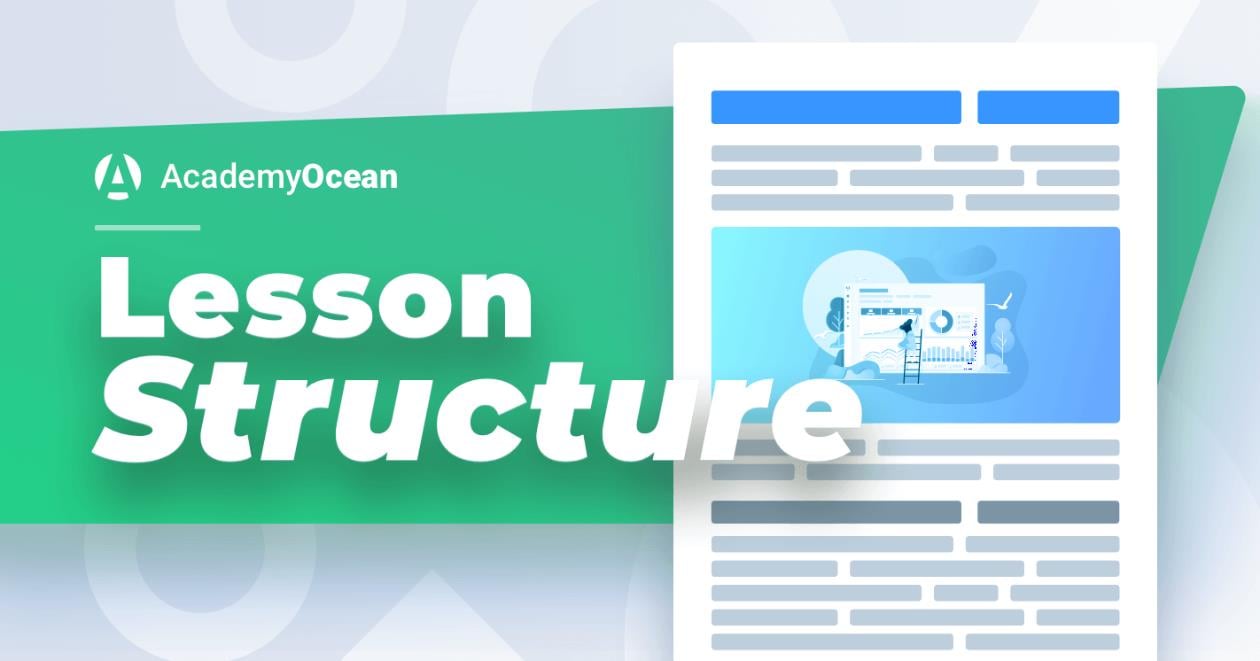How to Structure a Lesson to Make It Easy to Read

Gamification and catchy quizzes are the elements which inspire your learners to continue reading your content until they press the “Finish” button. Weak spots can stand in the way of freely flowing reading, but they are not hard to be found and fixed. We even wrote two posts on the subject, “How to find weak content within your Academy” and “How to improve your content”.
Sometimes, however, it is useful to go back to basics and take a closer look at lesson structure. Here is our essential checklist for a well-structured lesson.
Clear title
Everything starts with a title . They are equally important for lessons and for blog posts or articles. The main task of lesson title is being a “preview” for the whole lesson content. Viral phrases like “10 ways to launch a newsletter that will amaze you” can be a good title for an article.
In our opinion, however, it is desirable to avoid them when creating a lesson.
Even a dry statement of the main topic can be a good choice. But it never hurts to add a bit of humor or some emotional elements to make your title more lively.
Add a nice picture ( or a video)
How to create a required mood and stimulate reader’s curiosity? Add a nice picture or a video at the beginning of your text!
Recording high-quality videos usually takes long, and it often is the main reason why people avoid them. We offer a simpler decision: why not to record several small 20-30-second intros for your lessons or at least for a course? It is very easy to watch such an intro, and at the same time, your learners will be much more engaged in your content.
Several subheadings
One main idea — one piece of text. Clearly divided topics that are logically related are much easier to concentrate on.
Subheadings are therefore your best friends in creating a well-structured text. Also, they simplify navigation in your text since subheadings underline the key ideas. Bold text and “quote” option in the text editor serve the same purpose.
Lists
Lists are a perfect way to organize facts and add more space to your text. It is a lot easier to concentrate on a big number of points that are written as a list rather than in a paragraph of a text.
Lesson conclusions
An essential part of a whole lesson. It is highly likely that your learners do not have plenty of time. Rush and lack of concentration can reduce the quality of their engagement.
That’s why such learners often choose to scroll to the bottom and reading summary. A quite convenient solution for saving time, right? A well written summary can motivate them to read the whole lesson.
The second benefit is that conclusions refresh the information read in your lesson. Thus, you help your readers memorize your lessons better.
Our conclusions
Along with gamification and catchy quizzes, your courses should contain a well-structured content.
We recommend to pay attention to these five things while creating your lessons:
- Clear headline
- Nice picture or video at the beginning of the lesson
- Several subheadings
- Using lists
- Add conclusions